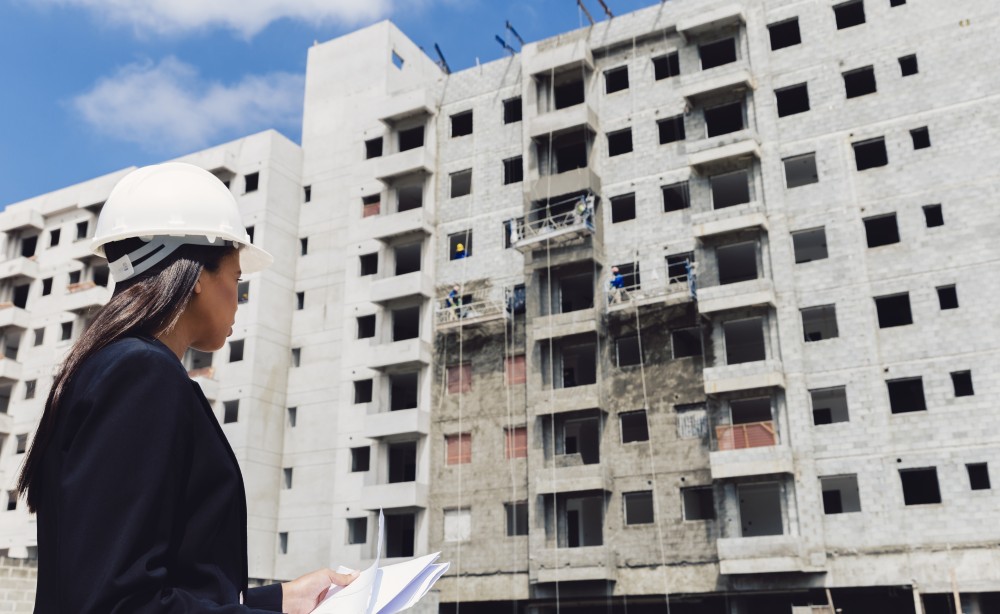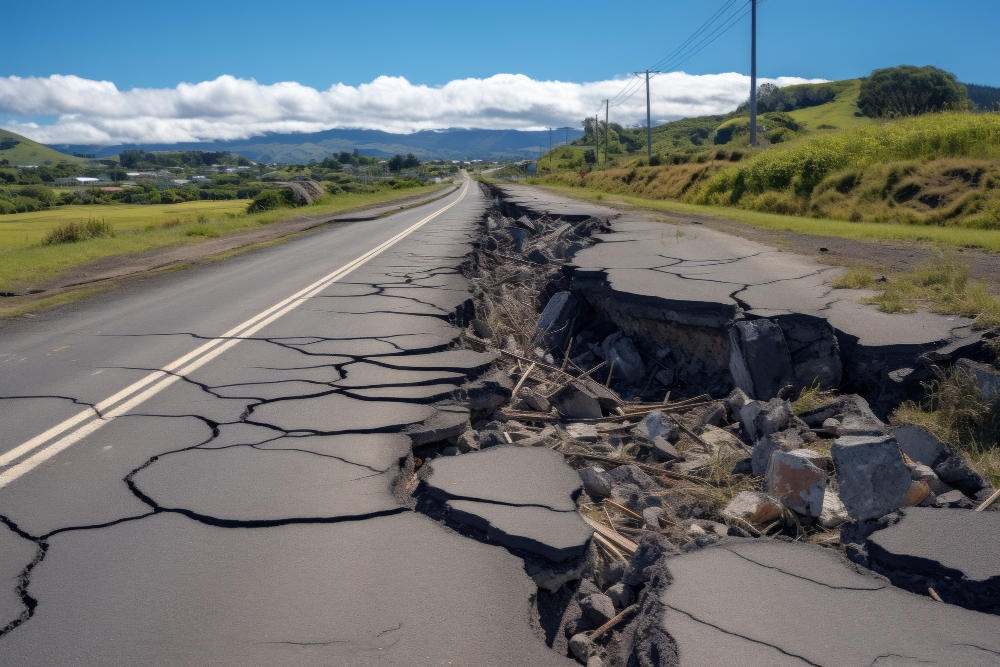Durable Buildings with Seismic Isolator Technology
In our country, which is located on an earthquake zone, earthquakes are frequently experienced due to the effects of important active fault lines.
Turkey's location in the earthquake zone, the earthquakes that occurred in our major cities in the past years and caused serious loss of life and property, once again reveals that the earthquake hazard in the country is high. As such, it is of great importance that constructions in Turkey, especially large and critical buildings, are designed and built to be earthquake resistant.
Of course, there are many ways to make buildings earthquake resistant, but one of the most effective ways is undoubtedly seismic isolators.
If you are wondering what a seismic isolator is, the answer to this question and much more is in our content we have prepared for you.

What is a Seismic Isolator? What Does It Do?
Seismic isolator is the name given to the mechanism used to minimise the losses that may occur from severe ground movements that occur during an earthquake. Seismic isolators allow the building to move during an earthquake by flexibly connecting the building and the ground. Thanks to this movement, the effect of the earthquake and the damages that may occur are minimised.
Seismic isolators, consisting of one or several layers, usually consist of elastomeric joints made of metal or rubber.
In buildings with seismic isolators, the foundation of the building and the area where the apartments are located are independent from each other. Thus, during an earthquake, the floor of the building adapts to the excessive ground movements, while the intensity of the shaking is absorbed for the upper floors of the building.
Seismic isolators are widely used in earthquake-prone buildings, high-rise buildings, bridges and important infrastructure projects. Seismic isolators, which are especially common in countries and cities located in the earthquake zone, are intended to make structures more resistant to earthquakes and to improve living spaces.

Structures where seismic isolators are widely used
Housing Projects:
Seismic isolators are used in high-rise housing projects, especially in regions with high earthquake risk. Since the risk of damage is minimised thanks to seismic isolators, the number of apartments in the building can also be increased.
Office Buildings:
Seismic isolators are used in large business/commercial centres and plazas to protect against earthquakes.
Hospitals:
Hospitals, especially those built in recent years, are equipped with seismic isolators to make them resistant to earthquakes.
Bridges:
Seismic isolators are used in large bridges to reduce the effect of severe ground movements during earthquakes.
Educational Institutions:
In many regions, seismic isolators are preferred to make school buildings earthquake resistant.
Industrial Plants: Seismic isolators are used in large industrial plants to absorb the impact caused by earthquakes.
Museums and Art Galleries:
Museums and art galleries, where world-famous works are exhibited, are protected by seismic isolators to minimise the impact caused by earthquakes.

In short, seismic isolators can help all kinds of structures to be a safer area during earthquakes.
In addition, the number of buildings built with seismic isolators can be increased and living spaces with more houses can be created.
The most important point to remember is that earthquake is a natural movement and cannot be prevented.
However, thanks to the developing technology, it is possible to protect from the effects of earthquake.
For more information, you can visit our blog page. If you are looking for safe buildings or an earthquake-resistant investment, you can contact Proturk Property and examine their wide investment portfolio.





